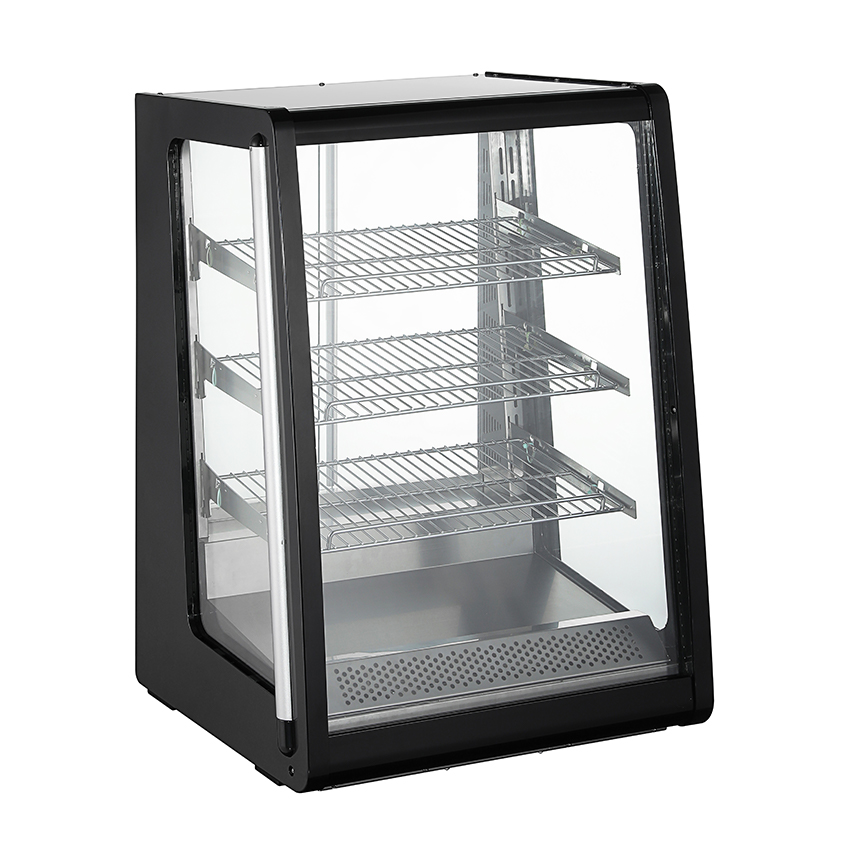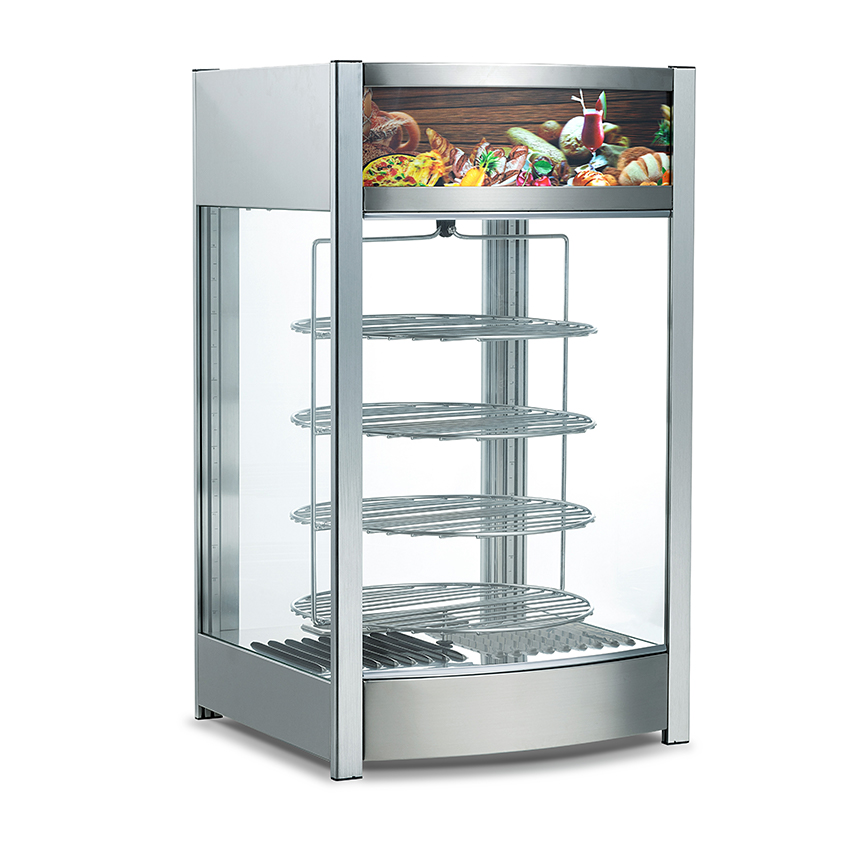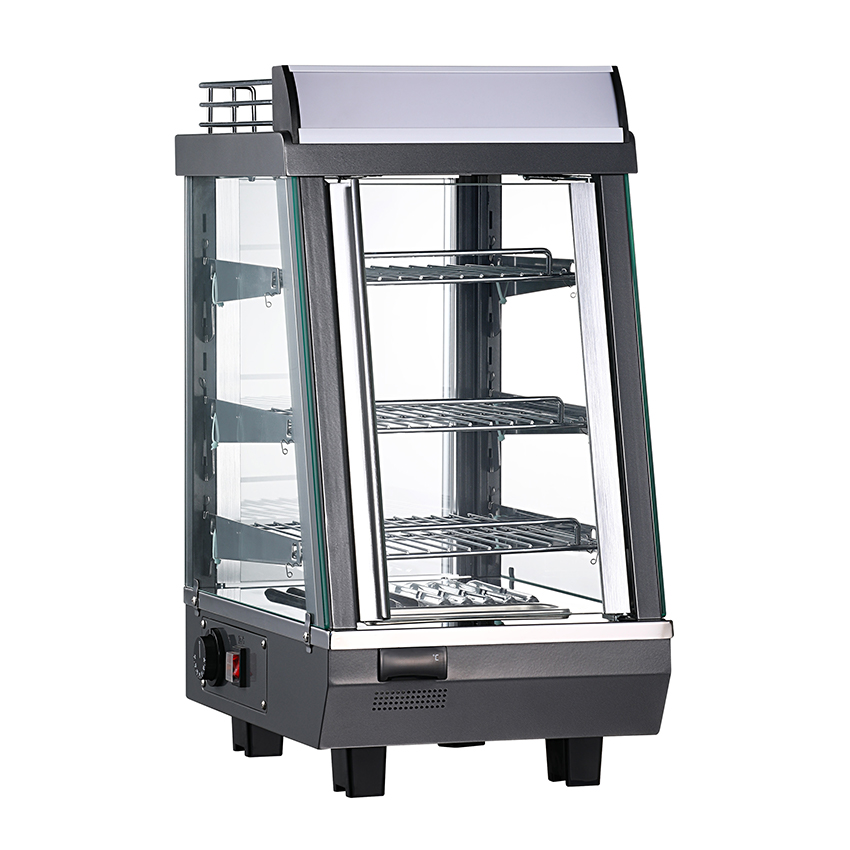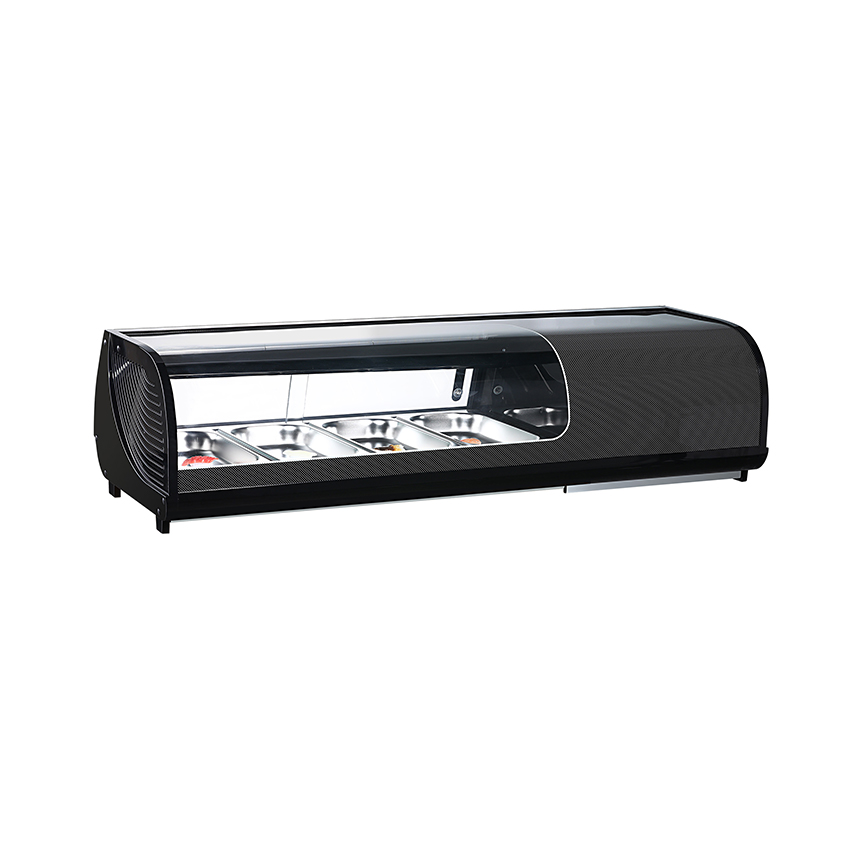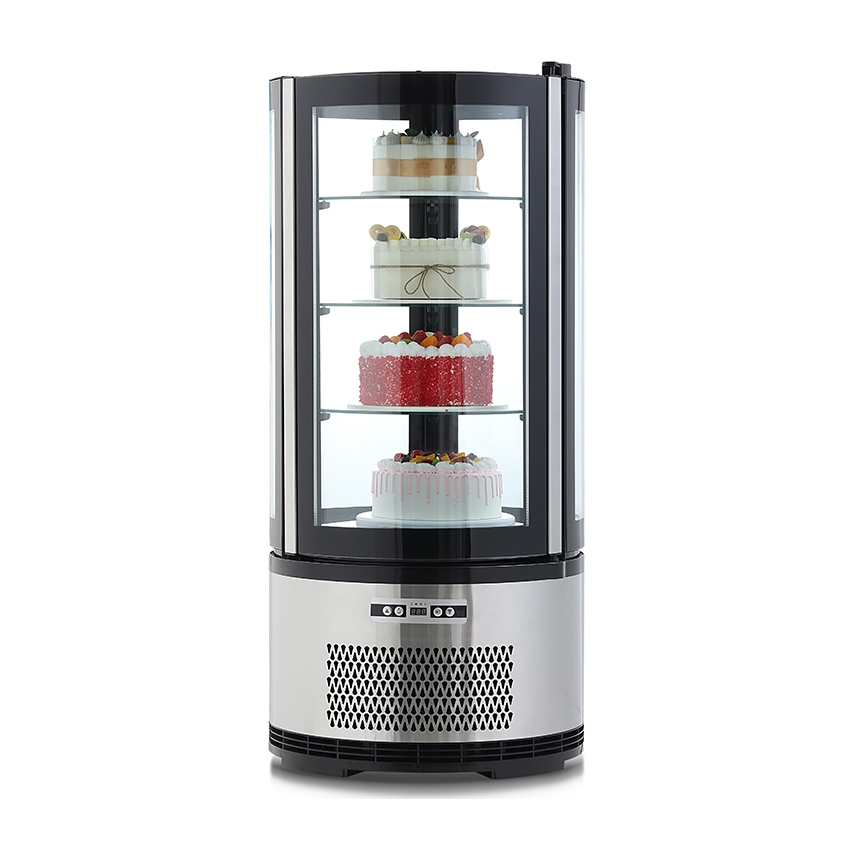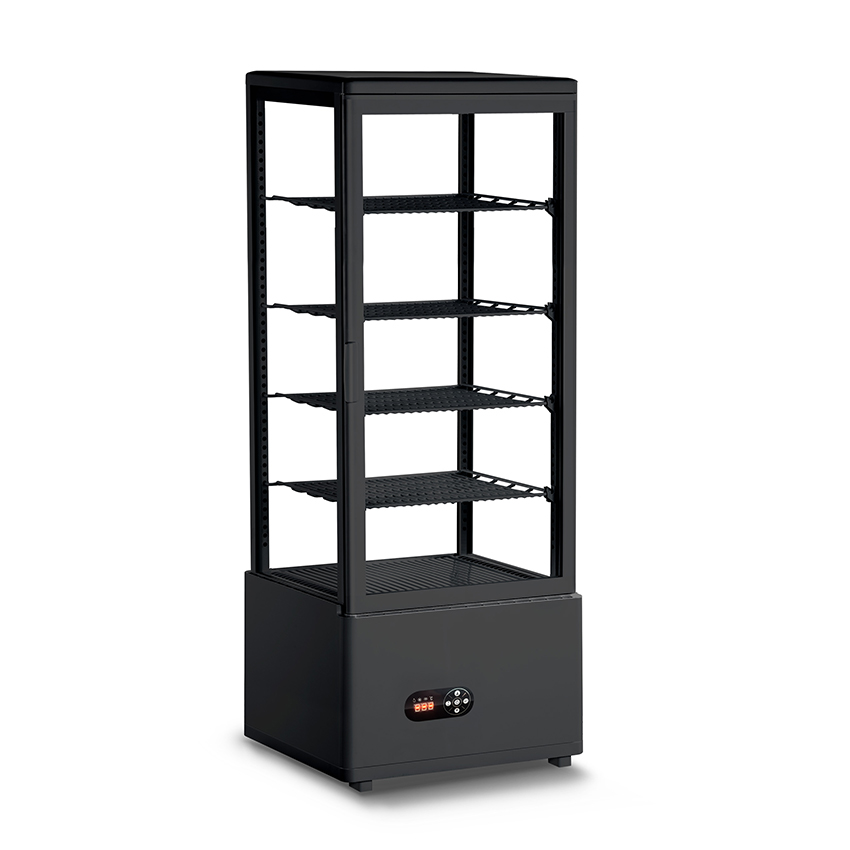Content
- 0.1 Tip 1: Optimize the placement to improve heat dissipation efficiency
- 0.2 Tip 2: Set the temperature appropriately to avoid over-cooling
- 0.3 Tip 3: Clean the condenser and fan regularly
- 0.4 Tip 4: Reduce the number and time of door openings
- 0.5 Tip 5: Check the sealing of the door seal
- 1 Frequently Asked Questions (FAQ) for Refrigerated Display Cabinets
Tip 1: Optimize the placement to improve heat dissipation efficiency
Correct position:
Away from heat sources (stoves, ovens, windows with direct sunlight).
Keep a 10-15cm gap between the back and the wall to ensure smooth heat dissipation of the condenser.
Avoid placing multiple refrigerators closely side by side to prevent hot air accumulation.
Common mistakes:
Placing the refrigerator against the wall → Poor heat dissipation, the compressor continues to run at high load.
Tip 2: Set the temperature appropriately to avoid over-cooling
Temperature recommendations:
|
Cabinet type |
Recommended temperature |
Power saving logic |
|
Beverage refrigerator |
4-7℃ |
Every 1℃ decrease will increase power consumption by 5% |
|
Dairy display cabinet |
2-4℃ |
Food safety is sufficient |
|
Horizontal freezer |
-18℃ |
No need to set a lower temperature |
Note:
The temperature can be raised by 1-2℃ at night or during low customer flow periods (e.g. the beverage cabinet can be adjusted from 5℃ to 7℃).
Tip 3: Clean the condenser and fan regularly
Operation steps:
After power off, use a soft brush to remove dust from the condenser fins (once a month).
Check whether the fan is rotating normally and remove foreign objects (such as plastic bags, cockroach corpses).
Effect:
A dirty condenser can increase power consumption by 20%!
Tip 4: Reduce the number and time of door openings
Data comparison:
Single door opening exceeds 10 seconds → The temperature in the cabinet rises by more than 5°C, and the compressor needs to run for 5 more minutes to recover.
Solution:
Install automatic closing doors or transparent curtains (commonly used in convenience stores).
Employee training: "Open and close quickly" when picking up goods to avoid long-term searching.
Tip 5: Check the sealing of the door seal
Self-test method:
Clip an A4 paper in the door gap. If it is easily pulled out → The door seal needs to be replaced.
Shine a flashlight on the door gap, and light leaks inside → The seal is not tight.
Additional reminder: Seasonal maintenance checklist
- Monthly: Clean condenser, check door seal.
- Quarterly: Calibrate thermostat, check refrigerant pressure.
- Yearly: Overhaul compressor, replace aging parts.
Frequently Asked Questions (FAQ) for Refrigerated Display Cabinets
- Q1: What should I do if the temperature of the refrigerator is unstable, sometimes high and sometimes low?
Possible causes and solutions:
Thermostat failure: Calibrate or replace the temperature control probe (the error should be ≤±1℃).
Condenser is dirty and blocked: Clean the heat dissipation fins (once a month).
Refrigerant leakage: Check the oil stains on the pipeline and contact professionals to repair the leak.
- Q2: How to solve the serious frost in the refrigerator?
Defrosting solution:
Automatic defrosting type: Check whether the heating tube/timer is invalid.
Manual defrosting type: After the power is turned off, pour hot water on the evaporator (sharp tools are prohibited from scraping ice).
Preventive measures:
The door seal is well sealed (refer to the A4 paper test method).
Avoid opening the door frequently or leaving it open for a long time.
- Q3: What is the reason for the loud noise in the refrigerator?
Source of abnormal noise investigation:
|
Sound type |
Possible cause |
Handling method |
|
Buzzing vibration |
Loose screws on compressor base |
Tighten screws + shock pads |
|
Water splashing sound |
Normal flow of refrigerant |
No handling required |
|
Sharp metal sound |
Fan blades rubbing against housing |
Adjust blades or replace bearings |


 English
English русский
русский Español
Español Français
Français عربى
عربى italiano
italiano
